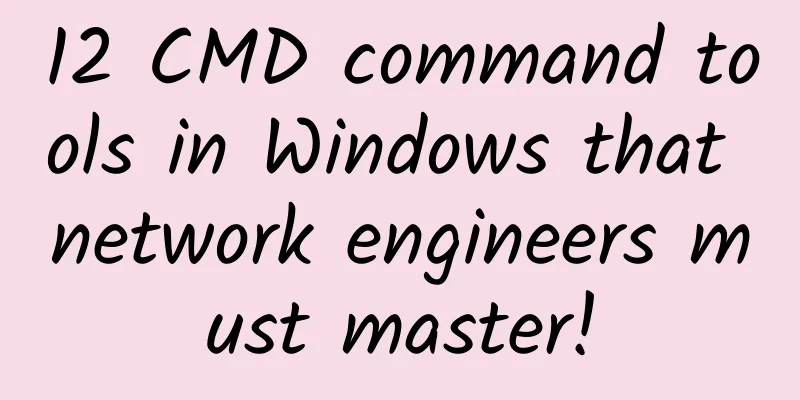Space Data-as-a-Service Ready to Take Off

|
【51CTO.com Quick Translation】The upcoming commercialization of space services requires a ruggedized edge computing environment that takes up very little space but has a reliable connection back to Earth, according to OrbitsEdge, a vendor that recently announced it has begun collaborating with Hewlett Packard Enterprise (HPE) on orbital computing solutions. OrbitsEdge, which says it is the first company to offer a commercial data center environment installed in orbit, will use HPE Edgeline converged edge systems in a ruggedized satellite micro data center platform it sells called SatFrame. The idea is that "as space services become commercialized, the large amounts of data generated can be analyzed, for example, using artificial intelligence," OrbitsEdge CEO Barbara Stinnett said in a news release.
Why use space data? The company lists the commercialization of space services as a use case for its micro data center products, with IoT data collection and analysis and experimental testing being two examples. However, commercial uses of space also include imagery, communications, weather forecasting, and navigation. Space tourism and commercial recovery of space resources (such as raw materials mined from asteroids) are possible future uses. Additionally, manufacturing that exploits vacuum and zero-gravity environments is one of the economic activities that could potentially take advantage of orbital data processing. Separately, Cloud Constellation Corp., a company I wrote about in 2017 (no relation to OrbitsEdge or HPE), believes that highly sensitive data should be stored and isolated in space. It describes its SpaceBelt product as “the most reliable air-gapped security.” Why use Space Edge? OrbitsEdge believes that data must be processed in space where it is collected to reduce the transmission bottleneck when the data is transmitted back to the base station on Earth. The company explained on its website: "The bottleneck will become more serious due to the new wave of low-cost commercial space activities." This means that sending satellites into space is cheap now, and getting cheaper (largely thanks to reusable rocket technology), but getting that information back to the traditional cloud environment on the Earth's surface is problematic. There's not enough capacity to send data back, which increases processing costs. So the cloud needs to move to the point where data is collected: what ObitsEdge cleverly calls "IoT on the cloud." How does it work? Solar arrays mounted on the satellite collect energy from the sun, which can be used by batteries when the satellite is in the Earth's shadow. Thermal and radiation shielding protect a standard 5U 19-inch server rack. Avionics have a separate rack. Integrated conventional air-to-air and air-to-ground radio communications systems then handle communications. Future needs have also been considered: laser data pipes can also be supported, the company says. Ground terminal selection It is worth noting that the company also claims that its maintenance-free low-Earth orbit (LEO) product is also suitable for extreme terrestrial environments. OrbitsEdge claims that SatFrame is reliable enough to cope with the extreme chemical and temperature environments on Earth. When it is upselling, it also claims that users can merge two micro data centers: a LEO SatFrame running HPE Edgeline, communicating with another in an extreme location on Earth (perhaps at the poles). “To keep up with the rate of change and the number of satellites launched into low-Earth orbit, new services must be provided,” OrbitsEdge said. “It is not practical to transmit data back to the terrestrial cloud, which is the only option today.” Original title: Space-data-as-a-service prepares to take off, author: Patrick Nelson [Translated by 51CTO. Please indicate the original translator and source as 51CTO.com when reprinting on partner sites] |
<<: Network Address Translation Protocol (NAT) and Its Application Examples
>>: When the Internet of Things collides with 5G: What are the biggest conflicts?
Recommend
CloudCone Spring Festival Promotion: Los Angeles KVM annual payment starts from US$7.5
CloudCone has released two promotional plans for ...
Review of 2021丨Highlights of the three major operators
2021 is the first year of implementation of my co...
Developing strategies at the data center level
Data centers are the infrastructure for modern bu...
IKIHOST: $4/month-4GB/40G NVMe/1Gbps unlimited traffic/Los Angeles data center
The tribe shared information about IKIHOST last y...
Should you upgrade your 5G package? Read this article before deciding
Recently, I often receive such calls on my two mo...
[6.18] OneTechCloud: VPS 30% off monthly payment starting from 19 yuan, Hong Kong CN2/CMI large bandwidth/US CN2 GIA/high defense optional
OneTechCloud has officially launched a promotiona...
Analysis of domestic 5G development in 2021
The development of 5G has now become another hot ...
One year later than expected! The global microwave transmission market is expected to enter a multi-year growth period in 2021
Recently, Jimmy Yu, vice president and analyst at...
Wind River Wins Two Awards at 2017 SDN/NFV World Summit
At the 2017 SDN/NFV World Summit hosted by Layer1...
Wu Jian from CommScope: In the future, the two development directions of data centers are centralization and edge computing
【51CTO.com original article】 Do you know how much...
80VPS new platform Los Angeles Cera data center (China Unicom CUVIP line) KVM simple test
Some time ago, I shared the news of 80VPS's n...
SDN network architecture: three layers and three interfaces
As we all know, SDN is a network with a separate ...
What can digital twins bring to wireless communications?
Twins, that is, identical twins. Since two people...
[Hotspot] ZTE was fined $1 billion but escaped death. Review of the whole ZTE incident
Last night Beijing time, Xinhua News Agency and f...
Ministry of Industry and Information Technology: 160 million terminals have been connected to 5G networks
On October 22, at a press conference held by the ...









